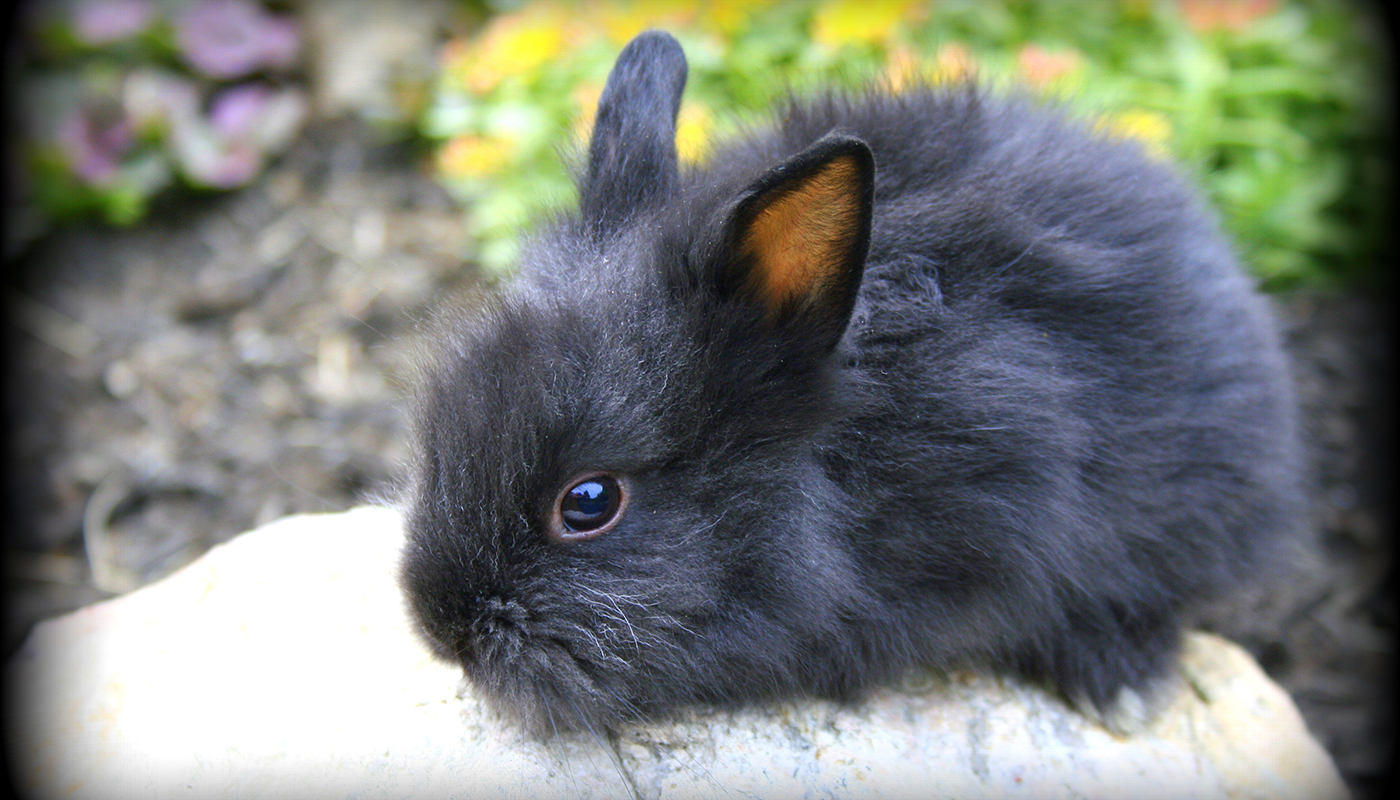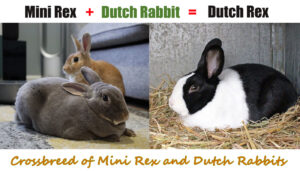
The Standard Chinchilla breed is noted to being one of the most important rabbit breeds in the rabbit fancier’s history. They have been an important part of the American rabbit fancier’s history. They are a decent sized rabbit that is good for its fur, meat for a small family, show purposes and pets for a family with small children. They are a medium to large sized breed that is quite resilient, and their calm sweet temperaments make them an ideal choice for supervised younger children.
BREED PROFILE OVERVIEW
|
|
|---|---|
| Breed Name: | Standard Chinchilla |
| Other Names: | Chinchilla Rabbit |
| Country of Origin: | France |
| Breed Purpose: | Fur, meat, pets, and exhibition |
| Breed Size: | Large |
| Breed Weight: |
Female/Doe: 5.5 to 13 lbs. Male/Buck: 5.5 to 13 lbs. |
| Breed Color(s): | Salt and pepper – shades of grey and white with black ticking across their body give them their salt and pepper appearance. |
| Physical Appearance: | They are pretty much the same in looks to the American Chinchilla but with a more compact body type than the American Chinchilla rabbit breed. |
| Temperament: | They are very friendly, good natured rabbits that are quite calm and docile |
BREED CHARACTERISTICS
- They are stocky rabbits that have a slightly curved medium sized body. Their curve begins from the nape of their neck and extends to their cottontails.
- Their ears are erect on their head and of medium length, they have dark colored eyes and a small wedged shape face.
- They are sweet rabbits that are quite active, playful and are a lot of fun to watch.
| Good Pets? | They make very good pets and are quite alright for families with any aged children. They also do well as companion pets for the elderly, good starter rabbits for the novice and can be an outdoor or indoor pet. |
| Child Friendly? | Children should be supervised around animals and properly taught how to look after them and handle them. Rabbits can bite and scratch |
| Ideal Climate: | All climates – rabbits should never be left outside without proper shelter and housing that must be raised off the ground and predator safe. |
| Conservation Status: | Not Listed by the *ALC Status/Rarity: They are not listed by the American Livestock |
| Recognized by the ARBA? | Yes – they were the first of the three Chinchilla breeds to be recognized by the American Rabbit Breeders Association. |
| Rabbit Associations/Clubs: | American Standard Chinchilla National Club (USA) – link to the club unclear please check with the American Rabbit Breeders Association. |
| Where to buy them? | Please check with the American Rabbit Breeders Association for more information of the breed another useful resource would be the American Rabbit Breeders Directory. |
| Note: *ALC stands for American Livestock Conservancy | |
GENERAL INFORMATION
It is important to note that actual Chinchillas are rodents and Chinchilla rabbits are lagomorphs. They are called Chinchilla for the color and pattern of their coats that is likened to that of the Chinchilla rodent.
Chinchillas fur requires some grooming in order to keep it from mating and to remove any excess hairs. This is especially essential around molting time when they shed their winter coats.
Chinchilla rabbits have been known to love the company of both other rabbits and their humans. Some owners report that the rabbit actively seeks out their attention. They make really love pets and companions with their wonder unique natures.
They, like any other rabbit breed, require a good well-balanced diet. This diet should include a quality rabbit feed and some fruit and vegetables as tasty treats.
It is extremely important for them to have fresh hay in order to keep their teeth growth under control. The hay helps them grind down their teeth to a comfortable length that will not impact their jaws causing them discomfort, pain and health issues.
Sometimes their docile nature may make them seem like they are quite a laid-back and lazy rabbit breed. They enjoy playing as much as any other breed and as such, it is a nice gesture to get them a few fun rabbit toys to play with.
They should have fresh water daily and have regular health checks to ensure that their coat is fine, they have not critters such as fleas, ear mites or flystrike. Always remember to check to ensure their teeth are of a decent size as a rabbit’s teeth never stop growing.
Rabbits, as with any other pet, should be dewormed on a regular basis. For more advice on deworming your rabbits and how often it is best to check with local vets or animal shelters.
It is important to note that a rabbit should not be bathed as they do not really like water and the stress of putting them into it could cause them to have a heart attack.
Any indoor enclosures used for the rabbit(s) should be big enough to house the number of rabbits quite comfortable with enough space to move around. This is especially true for any run that may be set up for the rabbit. If they are allowed to free roam it is best to ensure that the run is enclosed safely to protect them from predators.
All cages/run should be properly cleaned on a regular basis in order to keep then disease free and from smelling. A dirty cage encourages all sorts of vermin, bacteria, and critters that can be detrimental to the rabbit’s health.
HISTORY
Chinchilla rabbits were created in France by a French engineer and were a lot smaller than the American Chinchilla which was bred by selection of the Large Standard Chinchilla rabbits. They were bred for their size in order to produce a rabbit that would produce more meat and fine fur. They were bred from a crossing between the Himalayan rabbit breed, the Beveren rabbit breed, and agouti rabbits. The other two breeds of Chinchilla rabbit include the American Chinchilla Rabbit and the Giant Chinchilla Rabbit Breed. You can read up about both of these breeds on our website.
When they were first shown in France in 1913, they were a big hit and fast became a sought-after commercial breed.
They were first imported to England in 1915 and then America in 1919 where the American breeders developed upon the Standard breed to create the Giant Chinchilla and the American Chinchilla rabbit breeds.
Initially used for fur and meat today they are mainly bred for exhibition and as pets.
Video
USEFUL LINKS
- American Rabbit Breeders Association
- Fur Commission USA
- North American Meat Institute
- American Livestock Conservancy
- Animal Shelter (ASPCA)
- American Veterinary Medical Association
- American Animal Welfare Society
- American Animal Control
- American Society of Animal Science
- United States Department of Agriculture
- United States Department of Agriculture – Rabbit Meat
 Top 10 Best Small Rabbit Breeds to Keep as Pets
Top 10 Best Small Rabbit Breeds to Keep as Pets Discover the Dutch Rex: A Charming Crossbreed of Mini Rex and Dutch Rabbits
Discover the Dutch Rex: A Charming Crossbreed of Mini Rex and Dutch Rabbits English Spot Rabbit – Everything You Need to Know
English Spot Rabbit – Everything You Need to Know American Sable Rabbit – Everything You Need to Know
American Sable Rabbit – Everything You Need to Know Blanc de Hotot Rabbit – Everything You Need to Know
Blanc de Hotot Rabbit – Everything You Need to Know Mini Satin Rabbit – Everything You Need to Know
Mini Satin Rabbit – Everything You Need to Know Havana Rabbit – Everything You Need to Know
Havana Rabbit – Everything You Need to Know Silver Rabbit – Everything You Need to Know
Silver Rabbit – Everything You Need to Know Rex Rabbit – Everything You Need to Know
Rex Rabbit – Everything You Need to Know Discover the Top 15 Most Popular Rabbit Breeds for Your Perfect Furry Companion
Discover the Top 15 Most Popular Rabbit Breeds for Your Perfect Furry Companion Rhinelander Rabbit – Everything You Need to Know
Rhinelander Rabbit – Everything You Need to Know